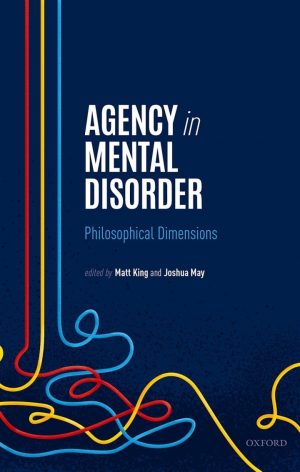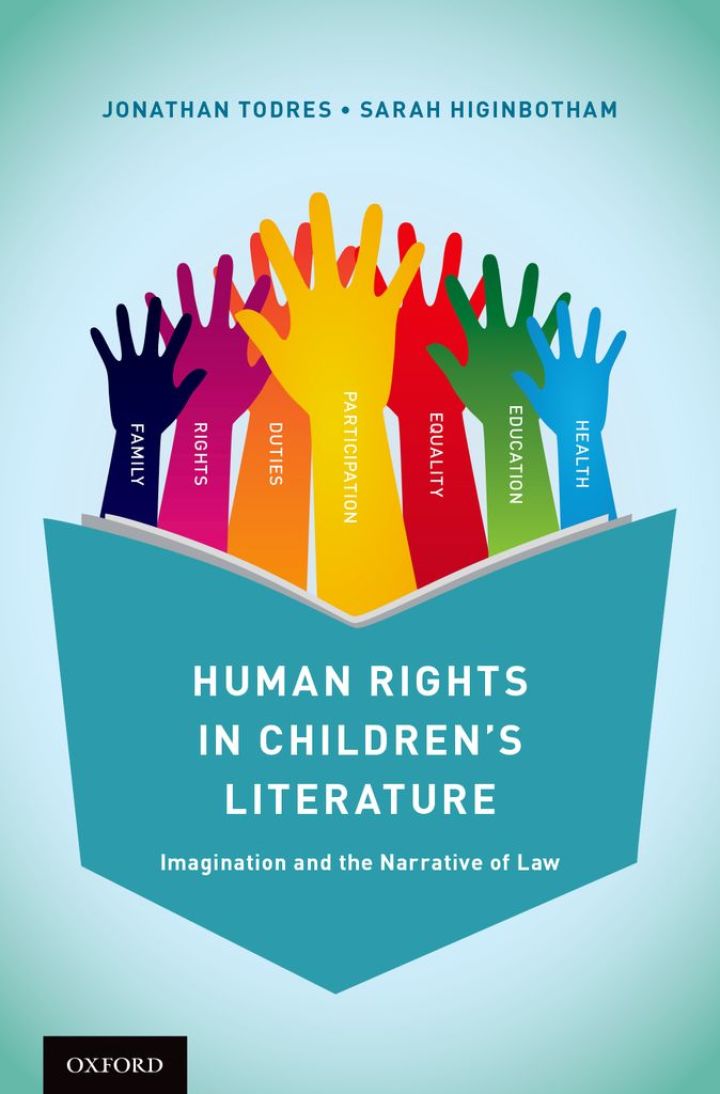Human Rights in Children’s Literature Imagination and the Narrative of Law
$17.88
Attention: This is just ebook, Access Codes or any other Supplements excluded! / File Delivery: Sent Via Email within 24 hours!
SKU: 4d88ce210588
Category: Law Textbooks
Description
-
Author(s)Jonathan Todres; Sarah Higinbotham
-
PublisherOxford University Press
-
FormatPDF
-
Print ISBN
9780190213343, 0190213345 -
eText ISBN
9780190213343, 0190213345 -
Edition
-
Copyright
- Details
How can children grow to realize their inherent rights and respect the rights of others? In this book, authors Jonathan Todres and Sarah Higinbotham explore this question through both human rights law and children’s literature. Both international and domestic law affirm that children have rights, but how are these norms disseminated so that they make a difference in children’s lives? Human rights education research demonstrates that when children learn about human rights, they exhibit greater self-esteem and respect the rights of others. The Convention on the Rights of the Child — the most widely-ratified human rights treaty — not only ensures that children have rights, it also requires that states make those rights “widely known, by appropriate and active means, to adults and children alike.” This first-of-its-kind requirement for a human rights treaty indicates that if rights are to be meaningful to the lives of children, then government and civil society must engage with those rights in ways that are relevant to children. Human Rights in Children’s Literature investigates children’s rights under international law — identity and family rights, the right to be heard, the right to be free from discrimination, and other civil, political, economic, social and cultural rights — and considers the way in which those rights are embedded in children’s literature from Peter Rabbit to Horton Hears a Who! to Harry Potter. This book traverses children’s rights law, literary theory, and human rights education to argue that in order for children to fully realize their human rights, they first have to imagine and understand them.
Related products
-

A Measure of Freedom
Rated 0 out of 5$29.25 Add to cart -

Business and Investment in Brazil Law and Practice
Rated 0 out of 5$66.62 Add to cart -

Blackstone’s Guide to the UK Internal Market Act 2020
Rated 0 out of 5$22.10 Add to cart -

Agency in Mental Disorder Philosophical Dimensions
Rated 0 out of 5$26.00 Add to cart

